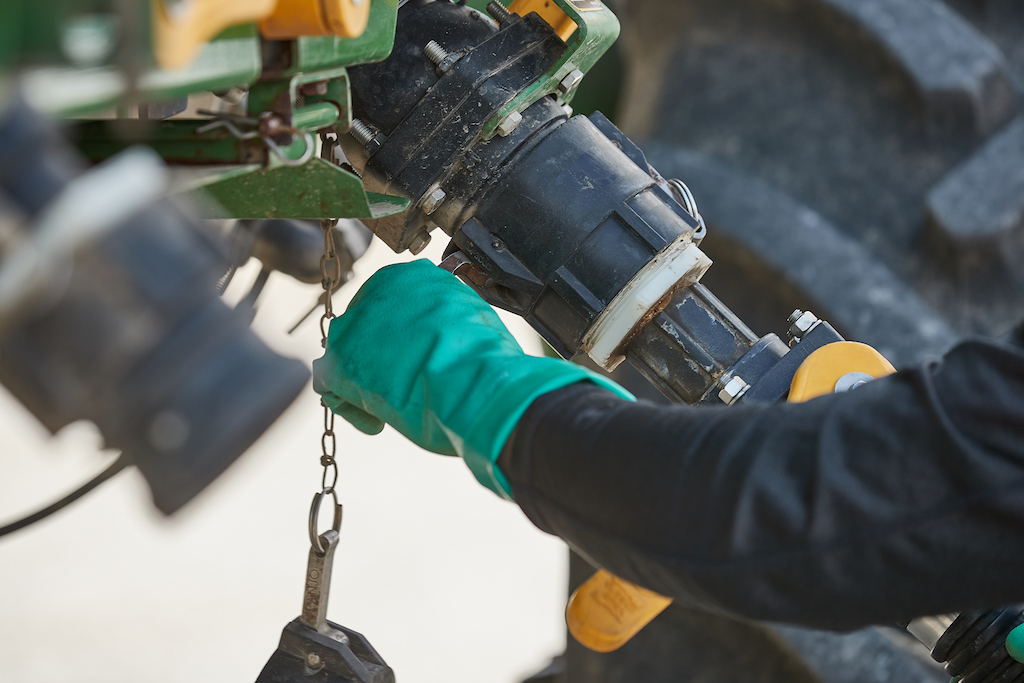Corvus Herbicide
HerbicidePowered by superior control of emerged weeds and reactivation, Corvus® Herbicide delivers an early season win against weeds.
Approved In
AL, AR, CO, DE, GA, IA, IL, IN, KS, KY, LA, MD, MI, MN, MO, MS, MT, NC, ND, NE, NJ, NM, OH, OK, PA, SC, SD, TN, TX, VA, WI, WV, WYLabels / Safety Data Sheets (MSDS)
